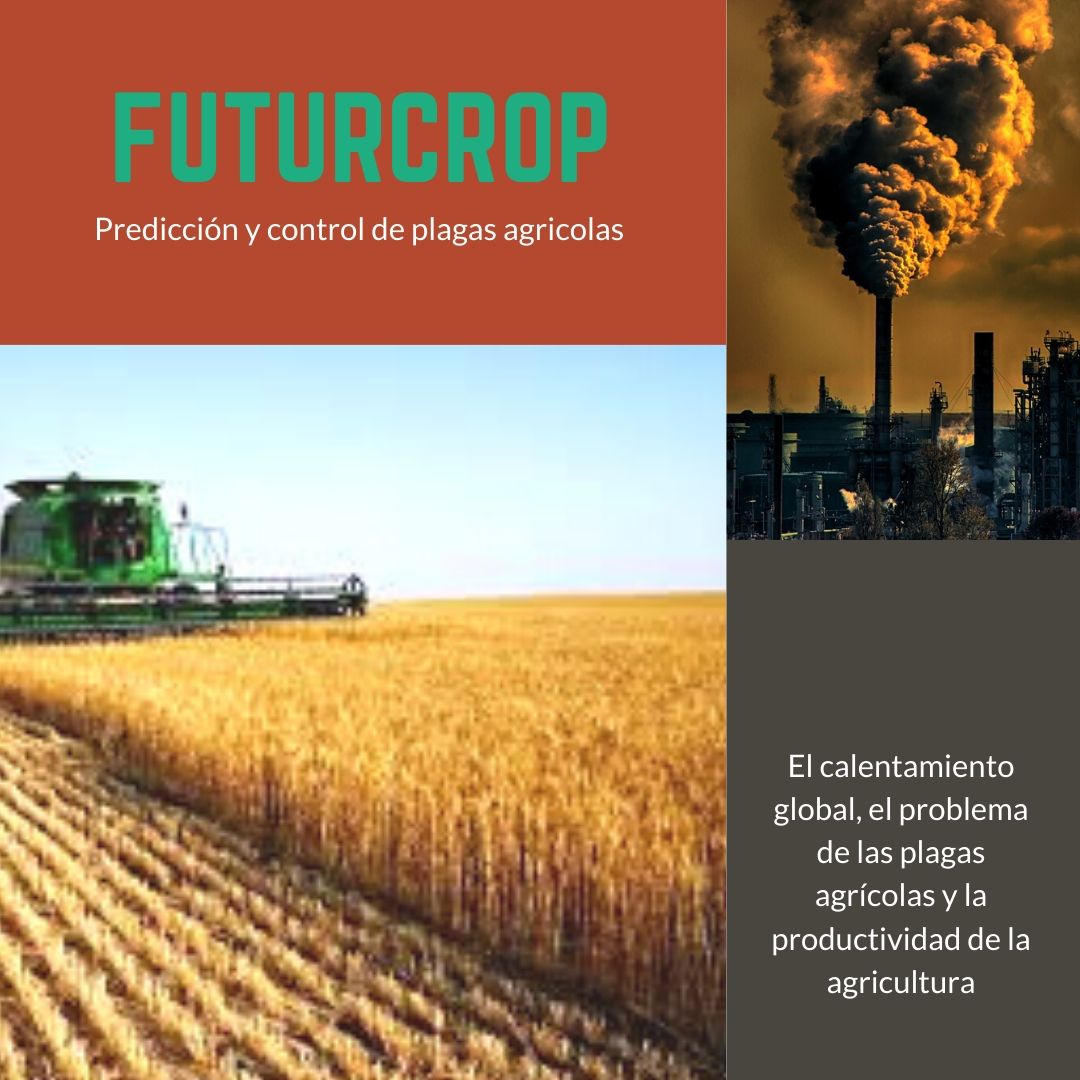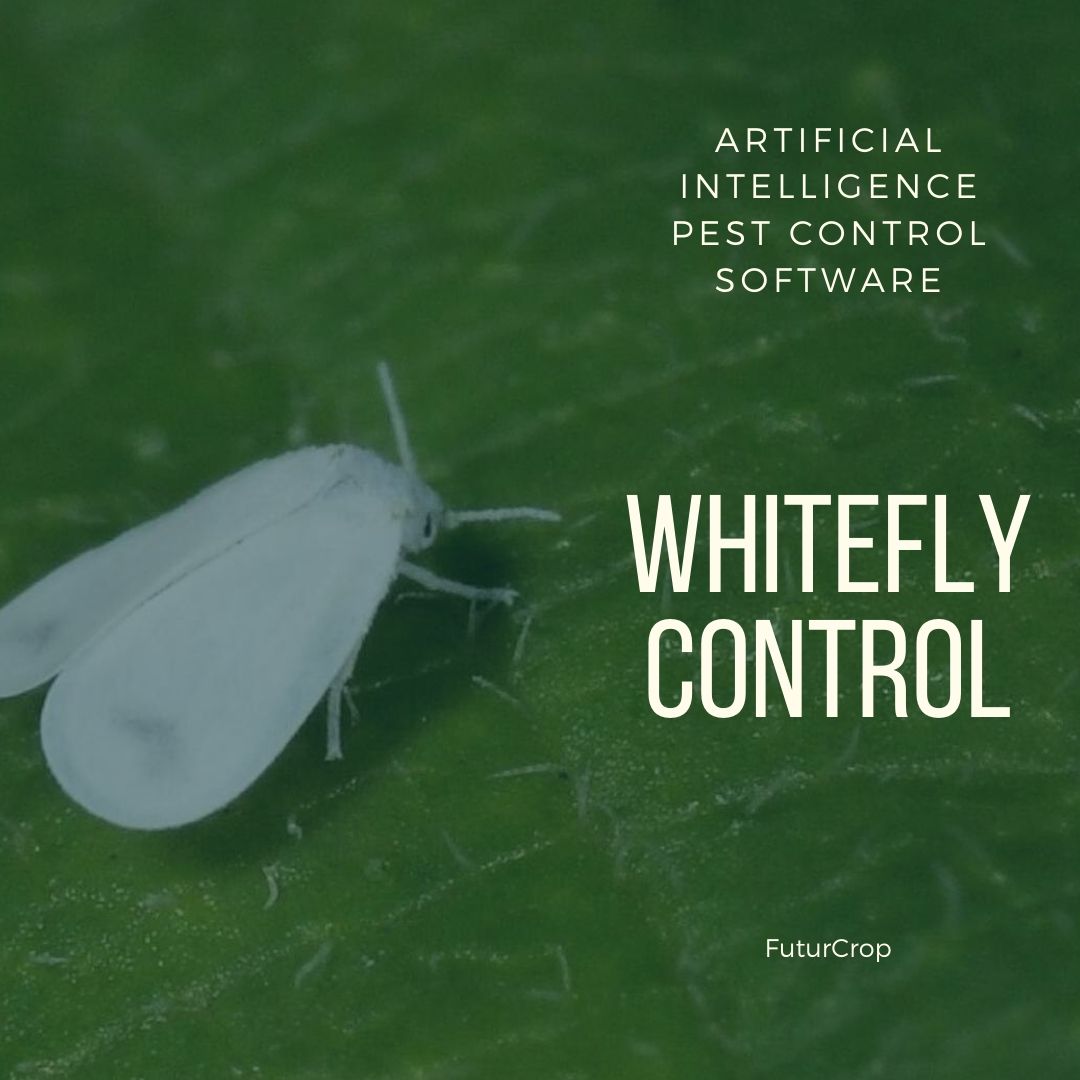Global warming, agricultural pests and the productivity of agriculture

Futurcrop - 29-01-2020
It is estimated that agriculture must necessarily increase its productive by 60%, to feed an estimated population of 9,100 million people in 2050. Although world crop yield would continue to grow, growth rate will be slower than in the past, approximately half (0.8%) of its historical growth rate for developing countries. In addition, FAO estimates a yearly yield crop global loss from 20% to 40% due to pests and diseases. Therefore, reducing food losses caused by crop pests and diseases is of great importance to meet the future food needs of the world.
But the global warming will mean an increase in crop pest problems, an increase in crop losses and a decrease in their quality and yield. If CO2 emissions are not reduced, the predictions for 2050 mean a global increase in temperatures from 2 ° to 3 ° C.
Insect pests are poikilothermic organisms, that is, they cannot regulate their own temperature internally, depending on the temperature at which they are exposed in the environment to start or end the biological development of their life cycle. The global increase in temperatures means that a greater abundance of pests will occur and that the difficulty in controlling pests in agricultural systems will increase. On the one hand, new geographical areas will be affected by new pests, from the expansion of the range of native pests or invasion by new pests. On the other hand, there will be an accelerated development of pests that will lead to more generations per growing season and year. In fact, both consequences of global warming are now a reality. It is very likely that pests that are considered minor today will become primary pests due to their greater recurrence, and that the susceptibility to pests in plants stressed by drought will increase.
In addition, global warming will have another added effect on pest control in agriculture. Traditionally, the pressure of pests on crops was attenuated thanks to the natural control mechanism exerted by predators and parasitoids (especially before the widespread use of chemical insecticides in agriculture, which broke the balance between pests and biological control organisms). The increase in temperatures can further damage the biological control mechanisms. Several studies indicate that in many cases the temporal and geographical synchronization of beneficial insects and pests will be broken, due to a different sensitivity to climatic variability or optimum development temperatures. Differences in the thermal needs of pests and their associated predators, parasites and parasitoids can lead to a disruption of their temporal or geographical synchronization, increasing the risks of infestation outbreaks. In this way, it is possible that in the future the effectiveness of biological pest control methods will be reduced.
Links
Potential effects of climate change on insect pest dynamics, Skha Deka, Sharmistha Barthakur, Renu Pandey. National Research Centre on Plant Biotechnology, New Delhi
Related posts

